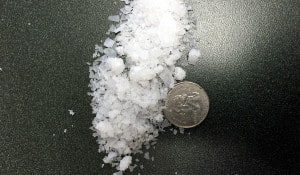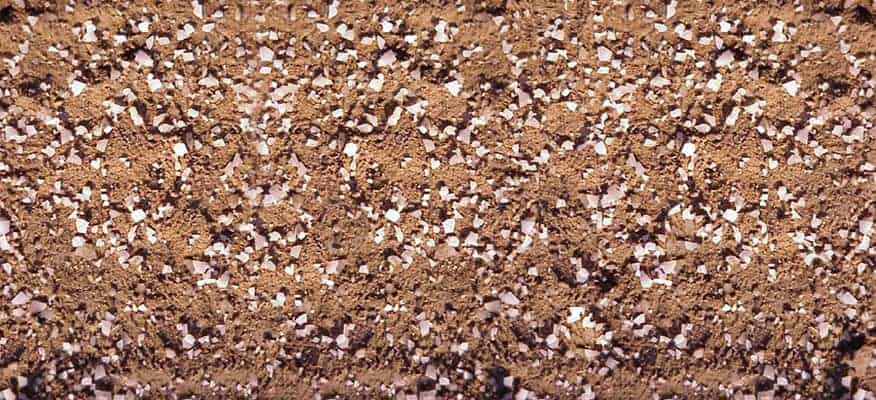We once viewed dust as just an annoyance, but now we know that constantly kicking up dust is bad for people, machines, and the environment. It wasn’t that long ago we gave dust little attention, and now, larger construction companies are requiring their people to wear breathing protection where there isn’t dust control because we are beginning to realize constantly introducing people to large amounts of air-born particulates creates negative long-term health consequences. Good news: there’s a simple solution. Dust control helps people (and machines) breathe easier preventing problems further down the road.
Keeping Dust Down for Health and Environmental Reasons
So, what are effective methods of keeping dust down? The primary way is to use environmentally friendly “hygroscopic” salts. Hygroscopic is just a fancy word meaning the material attracts moisture from the air and its surroundings. If you have ever left table salt out on a humid day and then you notice the salt wants to clump together, you have already experienced hygroscopic salts in action. With environmental dust, hygroscopic salts help the loose dirt essentially stays moister with the hygroscopic salts pulling moisture into the dirt and therefore dirt stays on the ground better when the wind is blowing. After a while, the hygroscopic salts will help the dirt bind together and become compact. As the salts seep down, they actually create a stabilizing effect which is great for roads because you see lower maintenance costs and less damage from frost and ice.
What Should I use for Dust Control?
The two most popular, environmentally friendly salts are Magnesium Chloride and Calcium Chloride. You can apply them as a brine solution (salt water) or spread them as flakes. Brine solution is usually the method of choice for road crews and large construction sites because it is quick and easy, but you need a brine sprayer. A brine sprayer is nothing more than a big tank on a big truck to hold the brine solution plus sprayers on the back to deliver the product onto the ground. Usually the brine is 33-35% salt but be sure to read the directions of the specific product you will use.

For smaller areas or for those who do not want to buy expensive equipment, we like to recommend getting Magnesium Chloride Flakes. Flakes are great because the surface area helps it stick to the ground and it won’t roll like pellets do. To apply flakes, you want to spray down the area with water until it is damp, then spread about 2 lbs of magnesium chloride per square yard immediately afterward while the ground is still damp. Once the ground dries, add another pound of magnesium chloride per square yard. That means one 50 lb. bag of magnesium chloride flakes should treat about 150 sq. ft. the first time around.
After that, you can usually apply one pound per square yard as necessary which will be more often in an open area that gets more rain and less often in something like an enclosed horse arena. With something like a horse arena, you may need to apply more to entryways and less in the center of the arena.
What will my Dust Control do to my Plants?
Treat Magnesium Chloride and Calcium Chloride like fertilizer around your plants. Magnesium Chloride and Calcium Chloride are non-toxic and will not hurt plants if you get a little near your plants, but too much of anything will kill your plants. Too much water, too much fertilizer, or too much magnesium or calcium chloride will hurt your plants if you go overboard, but if you get a little on the ground near your plants, it will have no negative affects unless you are dealing with a super sensitive species.
Do You Need Dust Control Hygroscopic Salts?
If you need Magnesium Chloride or Calcium Chloride, we are happy to help you out. Just give us a call and we can tell you how much money you will save when you buy in bulk from us.

